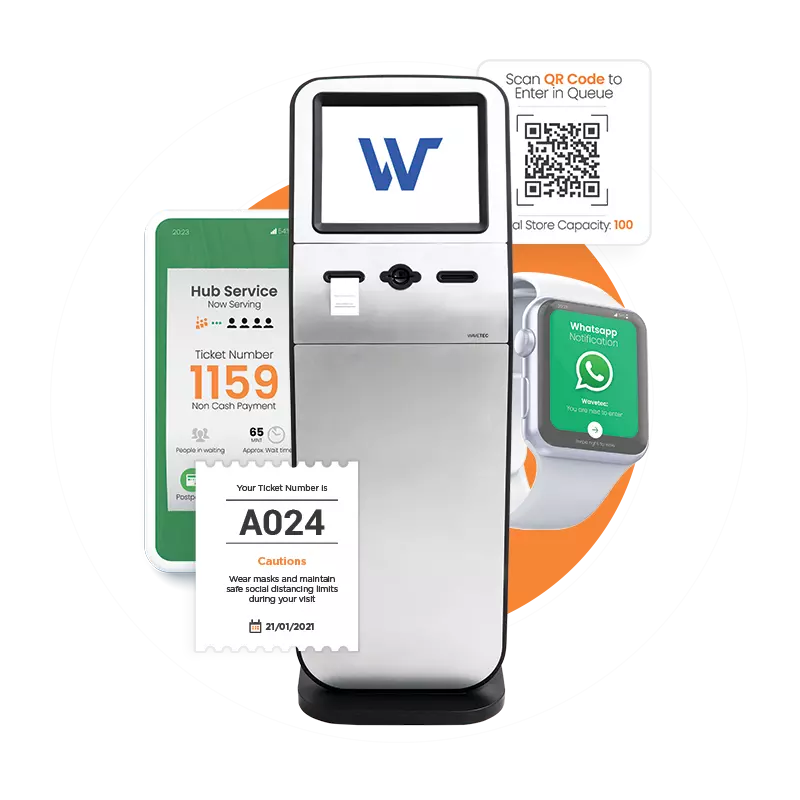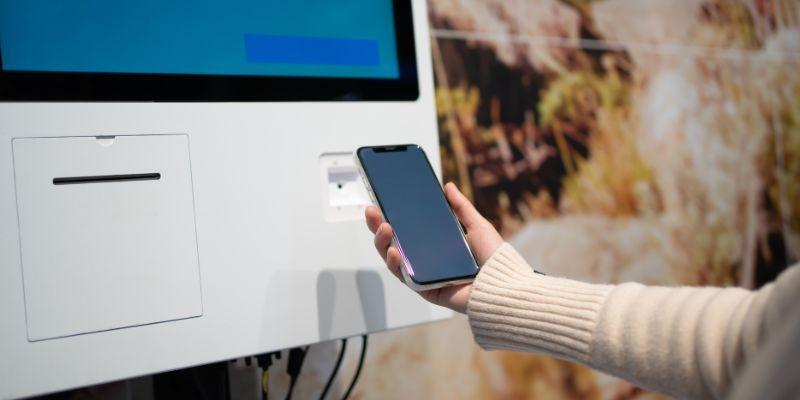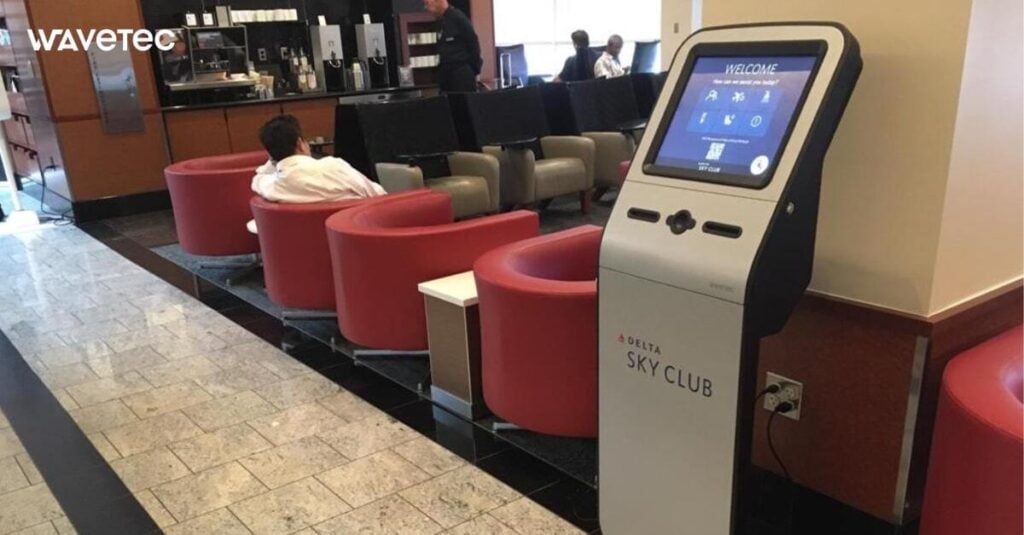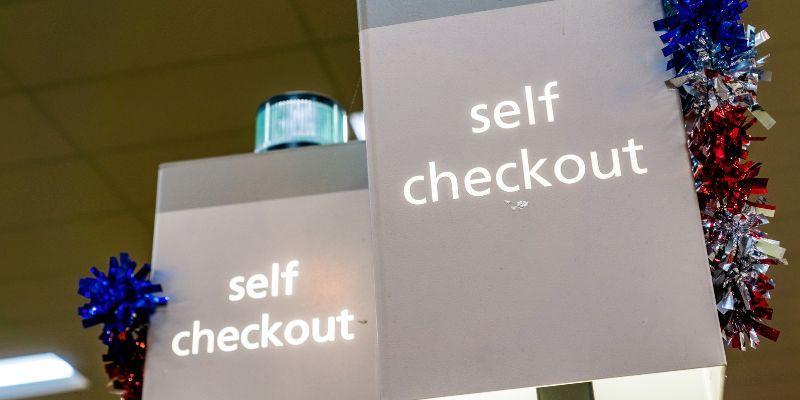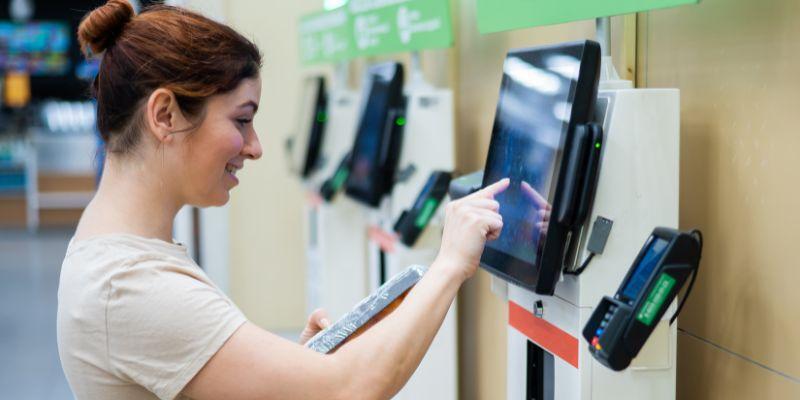How often have you walked into a hospital to see a doctor but were met with long queues at the front desk? Hasn’t it left you frustrated?
This sentiment is shared globally by patients looking for an easy check-in process and receiving an immediate response from hospital administration. The solution to this existing problem is installing a self-service kiosk.
A self-service kiosk is an interactive modality that allows patients to carry out many tasks. It is commonly placed in a healthcare facility’s waiting rooms or appointment desks.
Upon arrival, walk-in patients can use self-service kiosks to book or reschedule an appointment, explore the available services, and even check-in for their appointment or hospital admission.
Since kiosks can be integrated with a point-of-sale system, patients have the opportunity to make payments for services such as deductibles or check outstanding balances. This is a tablet through which you can refill or request prescription renewals instead of visiting the pharmacy.
This blog discusses the key benefits of installing self-service kiosks in a healthcare setup and how your patients and staff can benefit from them collectively.
Let’s dive into the pros of self-service kiosks in healthcare!
10 Benefits of Implementing Self-Service Kiosks in Healthcare Facilities
Implementing self-service kiosks in healthcare facilities can offer numerous benefits. Here are ten key advantages:
1. Improved Patient Experience
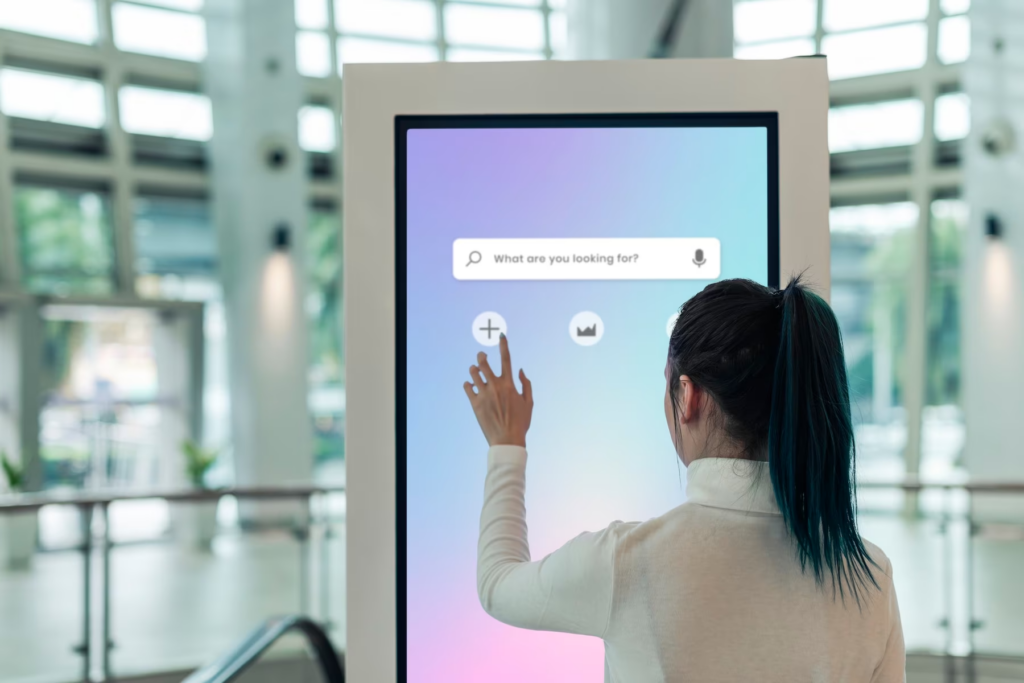
Providing your customers with bad-quality service compels them to choose your competitors in the healthcare industry. Thus, prioritizing your patient’s needs begins with improving their experience from when they start the patient journey at the hospital.
You can use the patient kiosks to display a map of your hospital and provide emergency service numbers and extensions.
This feature is vital for navigating around large hospitals. Self-service kiosks are important in regulating patient flow and managing queues to prevent overcrowding.
This contributes to an overall improved image of your customer service and eases a patient’s burden.
2. Reduced Wait Times
Self-service kiosks improve the patient experience by decreasing extensive perceived wait times. Since self-service kiosks give patients more control over the tasks that they can carry, it reassures them that they can utilize their time effectively.
For instance, a patient coming in to collect laboratory reports would have to wait in long lines for a small task. The self-service kiosks would hasten the task and reduce wait times.
Furthermore, it eliminates the need to wait in mismanaged queues for a receptionist. This enables healthcare providers to process patient information more accurately and quickly. In the manual check-in process, a patient has to wait in line to speak with a receptionist for an appointment. In turn, the receptionist goes back and forth to confirm the appointment.
Since self-service kiosks can be integrated with digital signages and queue management software, they play a critical role in customer flow management in hospitals. Patients receive real-time updates on queue status, wait times, appointments, and services. This reduces the need to wait at the healthcare facility and prevents overcrowding.
3. Quicker, Easier Payment Capture
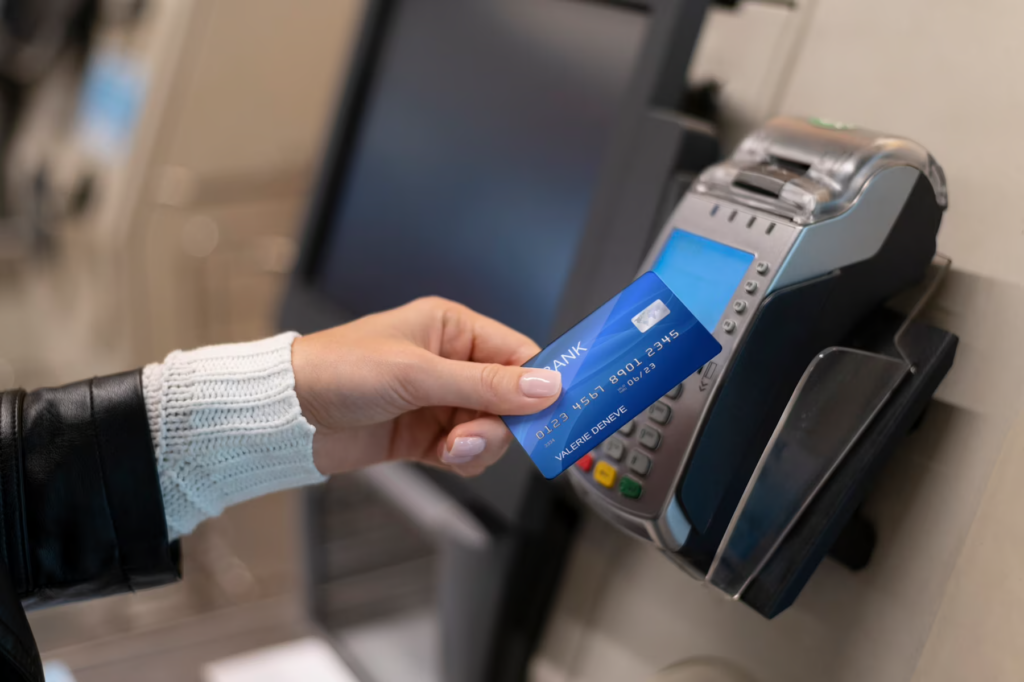
The switch to a paperless billing system is a global change in the financial world. Similarly, patients opt for a digital banking solution to avoid queues and process transactions quickly and easily.
Self-service kiosks make payment captures easier by accepting multiple forms of payment. This includes giving the option to pay via credit or debit cards at the health check kiosk, as well as cash and online bank transfers.
This flexibility allows patients to choose the payment method that works best for them, making the payment process faster and more convenient.
The billing process at hospitals is tedious and requires individuals to visit multiple stations. A self-service kiosk streamlines the financial journey of the patient. Patients can scan their bills or input their personal information into the kiosk. In turn, the system automatically generates the bill with an invoice.
Self-service kiosks also provide patients with real-time payment information, making it easier for them to understand their financial obligations.
Patients can view their outstanding balances, payment history, and upcoming bills and explore available insurance claims, enabling them to make informed decisions about their healthcare expenses.
4. Convenience and Accessibility
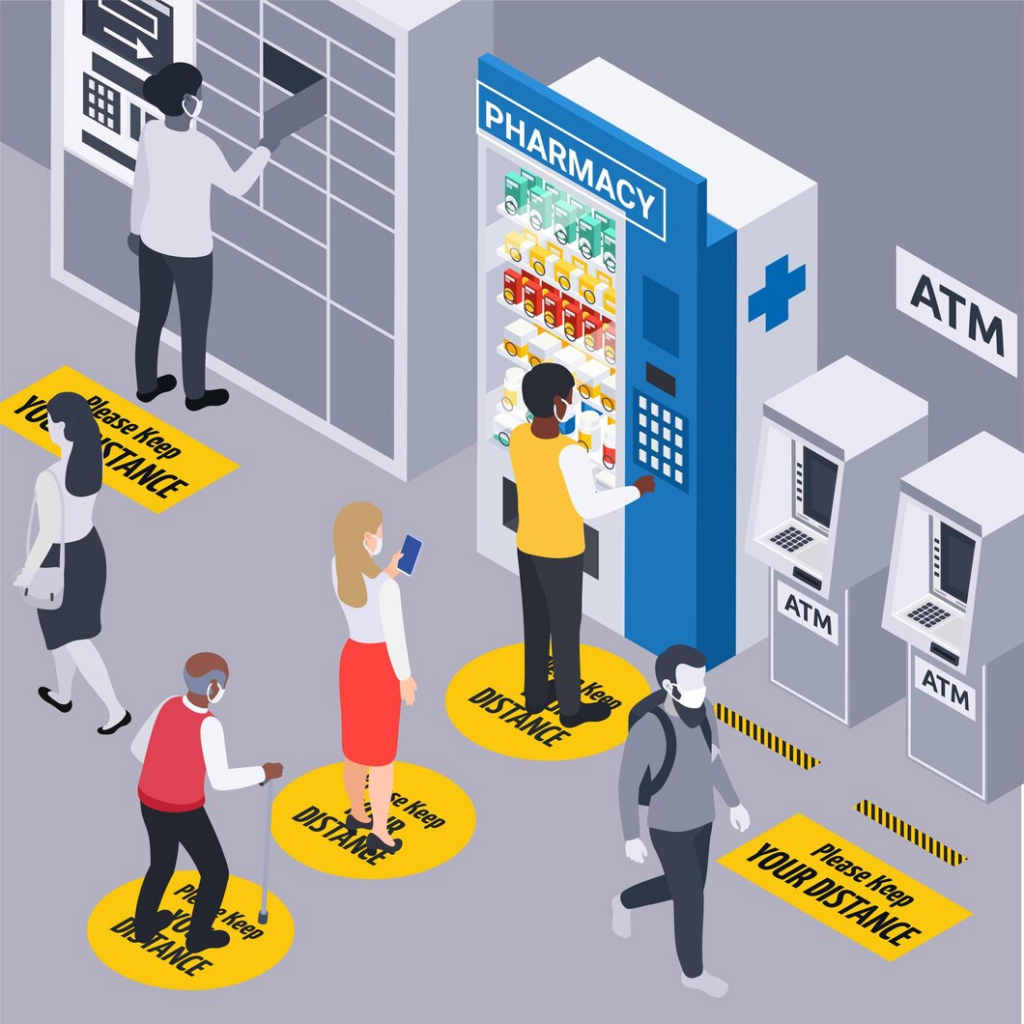
Self-service kiosks allow patients to access their healthcare information more easily. Patients can use self-service kiosks to view their medical records, test results, and prescription information.
Giving your patients a more active role in managing their healthcare needs helps them make more informed decisions about treatment plans.
5. Streamlined Check-In Process
A traditional check-in process at a hospital first requires the patient to secure a spot at the reception desk to obtain a ticket number. Added to this are wait times for the service patients opt for.
This process can be complicated with patients not following queues. In the case of a manual entry data error, patients will have to restart the process. Self-service kiosks are an efficient solution that automates the check-in and appointment-scheduling process.
6. Reduced staffing costs
Installing self-service kiosks means that your staff members at the reception desk will be occupied with less repetitive tasks. Automating repetitive and time-consuming tasks through self-service kiosks in healthcare facilities reduces staffing requirements. Time-consuming administrative tasks include appointment scheduling, registration, and insurance verification.
This allows staff to focus and perform more important and complex tasks independently. In this manner, the team can efficiently reallocate resources for peak hours and emergencies.
Self-service kiosks can collect patient information and automatically direct patients to the appropriate care area, such as urgent care or primary care.
7. Reduced paper and printing costs
Self-service kiosks are an effective approach for healthcare organizations to reduce paper and printing expenditures. Since kiosks check in patients and handle administrative chores, this eliminates the need for paperwork.
Patients can fill out surveys and forms and sign them electronically, further reducing paper usage.
Self-service kiosks are of great advantage to healthcare facilities looking to contribute to carbon footprint policy and save money on printing and distributing brochures. Kiosks can readily give electronic maps and guides regarding health issues and treatment alternatives, thus eliminating the need to distribute paper-based materials.
8. Enhanced Data Collection and Analysis
Kiosks linked with the patient queue management software to collect patient data, visiting schedules, and records. Thus, kiosks prioritize patient privacy and confidentiality by allowing them to fill out medical questionnaires or access personal medical reports without human interaction.
This gives way to patient comfort and more honest responses to sensitive questions.
Furthermore, kiosks help in collecting and analyzing patterns from customer feedback surveys. With knowledge of patient behavior and preferences, you can extend a personalized experience to them.
Self-service kiosks improve the accuracy of patient data as individuals can update personal information immediately. This ensures that healthcare providers have accurate patient information for better treatment outcomes.
9. Improved patient flow
Using technology in healthcare in the form of service kiosks speaks well of your facility’s goal to improve the quality of life. Self-service kiosks direct and regulate the patient crowd, giving them purpose and direction.
With monitored queues, little to no wait times, and notification alerts on queue status, patient satisfaction levels will be high with your service. Patients will arrive at the facility right before the appointment, thus managing crowds.
10. Facilitation of contactless transactions
During the COVID-19 pandemic, self-service kiosks were a game changer in hospitals for facilitating contactless transactions. This was particularly important in reducing the risk of infections and promoting social distancing.
With self-service kiosks, patients can complete tasks without interacting with hospital staff, using shared equipment, or standing in closed spaces.
Contactless transactions can be enabled through NFC (near-field communication) and QR codes. Patients pay by scanning their mobile devices or using contactless cards, reducing cash handling and credit cards.
Frequently Asked Questions
How do self-service kiosks work in hospitals?
Self-service kiosks at hospitals are key to improving healthcare. Patients can carry out the following tasks on the kiosks: appointment scheduling, check-in, processing payments, navigational guides, and education information.
How do self-service kiosks improve data collection and analysis in hospitals?
Data collection via self-service kiosks is error-free and gives a standardized data format. This is constantly being updated with real-time information that patients enter. Data is analyzed to present multiple ways of improving patient outcomes and trends and predicting risk factors.
Are there any challenges or limitations associated with self-service kiosks in hospitals?
Yes, self-service kiosk installation comes with challenges related to technology requiring always stable internet. Multiple self-service kiosks are expensive to install and upgrade consistently.
There might be issues with operating the kiosks for individuals facing language barriers or those unfamiliar with technology.
Are self-service kiosks secure and compliant with privacy laws?
While no law requires authentication before kiosk installation, the General Data Protection Regulation law 2016 directs keeping personal patient data controlled.
What is the future of self-service kiosks in healthcare, and how will they evolve?
Self-service kiosks are here to change healthcare provision across facilities. With the convenience they bring to the table, self-service kiosks are here to stay. It can further include on-demand digital healthcare solutions and telehealth services.
Final Words
Can you envision the progress healthcare facilities can make with self-service kiosks?
The pros of self-service kiosks outweigh the risks involved. If you want to extend holistic patient care, starting from the first customer journey step, we want you on board!
Self-service kiosks help you manage queues efficiently, regulate patient flows, access medical information, and include payments. What other benefits of self-service kiosks in healthcare are you looking for?
Contact us today to learn more about self-service kiosk installation and the advantages of self-service kiosks in healthcare facilities!
BOOK A FREE DEMO
